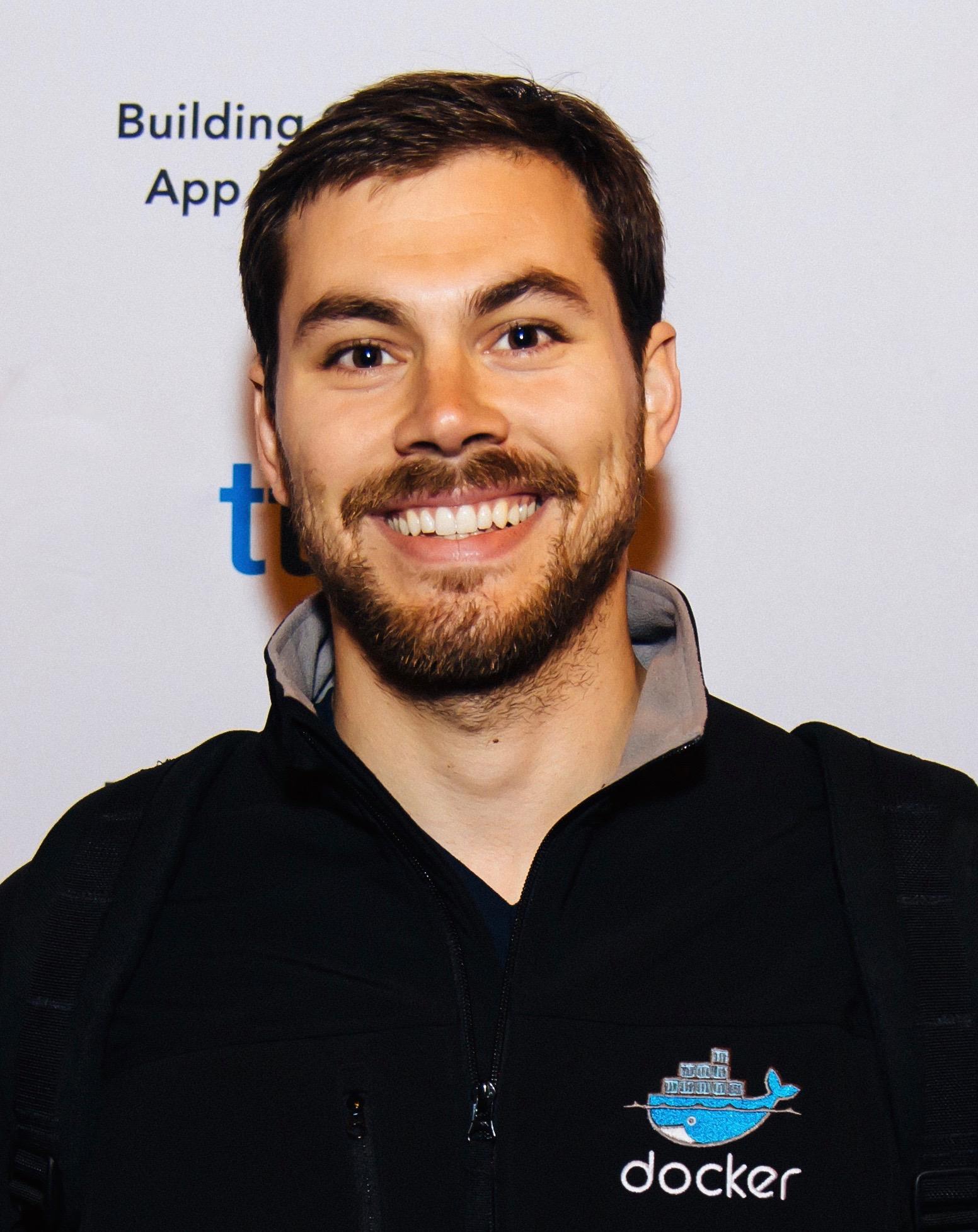Track: Building Security Infrastructure
The cost of building defensible infrastructure is many times greater than the cost of successfully attacking it. Unfortunately, the security community has historically not been particularly open about sharing core pieces of their non-business critical security infrastructure. This has led to the proliferation of different solutions to the exact same problems (e.g., secret distribution, service to service communications, logging, etc.), and the waste of an incredibly rare resource: good engineering time.
The goal of this track is to bring together a diverse mix of experts and enthusiasts from industry and academia, for a day of highly technical, engaging presentations, leading to the open sharing of new and fruitful ideas.
The security community must strive for higher degrees of solution sharing and reuse, improving its collective efficiency and fostering a more effective giveback to the ecosystem, by releasing, supporting, and publicly presenting solutions and the open-source software that implements them. Hopefully, this track will be a sizable contribution in this direction.
Diogo Mónica is the security lead at Docker, an open platform for building, shipping and running distributed applications. He was an early employee at Square where he led the platform security team, has a BSc, MSc and PhD degrees in Computer Science, serves on the board of advisors of several security startups, and is a long-time IEEE Volunteer.
by Ying Li
Security Engineer @Docker
Over the last few years, more and more system administrators and developers have become concerned about guaranteeing the authenticity, integrity, and confidentiality of their network communications. TLS has emerged as the solution recommended by security practitioners for all these problems. Let's Encrypt makes it easy to get a lock icon on a web browser, but in many cases public certificate authorities are inappropriate for private and internal uses. How can you mutually authenticate and...
by Christopher Grayson
Founder and Principal Engineer @WebSightIO
Regression in codebases is a significant problem that proportionally significant amounts of effort have already been spent addressing. Regression is a similarly large problem in the realm of security, yet de-facto standards and approaches for addressing the issue remain absent. Even when security programs have the proper staff, tooling, and budgets, they commonly struggle with ensuring that security holes remain fixed after they are initially patched. This talk will explore the application...
by Bryan Payne
Leads Product & Application Security @Netflix
How can using SSH certificates improve security and simplify operations for instance access at Netflix-scale? How can you smoothly transition existing infrastructure to use SSH Certificates? Netflix created and uses BLESS, an SSH Certificate Authority that runs as an AWS Lambda function and is used to sign SSH public keys. In this talk, you will start by learning about BLESS in general: what it is, how it works, and how you can start using it. Next, we will explore the Netflix BLESS...
by Marcin Wielgoszewski
Security Engineer
Osquery allows you to easily ask questions about your Linux, Windows, and macOS infrastructure using standard SQL-based statements. But how? Organizations deploying osquery will need to engineer various solutions to accomplish this seemingly simple task. Enter Doorman. This simple Python/Flask-based web interface allows you to manage your entire osquery deployment, from baseline configurations and ad-hoc queries, to log collection and alerting. In this talk, we'll give a brief demonstration...
by Janek Klawe
Security Engineer @Square
Everyone knows that in client-server systems, you can't trust the client. However, remote attestation gives us a way to change this. As Square provides financial services on unmanaged mobile devices, building more visibility into the client's runtime environment helps us fight fraud and offer unique features. In this talk I'll describe the systems we've developed to verify that our app is unmodified and running in a secure environment.
Naive client-side tampering checks are relatively...
Tracks
Monday, 26 June
-
Microservices: Patterns & Practices
Practical experiences and lessons with Microservices.
-
Java - Propelling the Ecosystem Forward
Lessons from Java 8, prepping for Java 9, and looking ahead at Java 10. Innovators in Java.
-
High Velocity Dev Teams
Working Smarter as a team. Improving value delivery of engineers. Lean and Agile principles.
-
Modern Browser-Based Apps
Reactive, cross platform, progressive - webapp tech today.
-
Innovations in Fintech
Technology, tools and techniques supporting modern financial services.
Tuesday, 27 June
-
Architectures You've Always Wondered About
Case studies from the most relevant names in software.
-
Developer Experience: Level up Your Engineering Effectiveness
Trends, tools and projects that we're using to maximally empower your developers.
-
Chaos & Resilience
Failures, edge cases and how we're embracing them.
-
Stream Processing at Large
Rapidly moving data at scale.
-
Building Security Infrastructure
How our industry is being attacked and what you can do about it.
Wednesday, 28 June
-
Next Gen APIs: Designs, Protocols, and Evolution
Practical deep-dives into public and internal API design, tooling and techniques for evolving them, and binary and graph-based protocols.
-
Immutable Infrastructures: Orchestration, Serverless, and More
What's next in infrastructure. How cloud function like lambda are making their way into production.
-
Machine Learning 2.0
Machine Learning 2.0, Deep Learning & Deep Learning Datasets.
-
Modern CS in the Real World
Applied, practical, & real-world dive into industry adoption of modern CS.
-
Optimizing Yourself
Maximizing your impact as an engineer, as a leader, and as a person.
-
Ask Me Anything (AMA)



